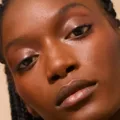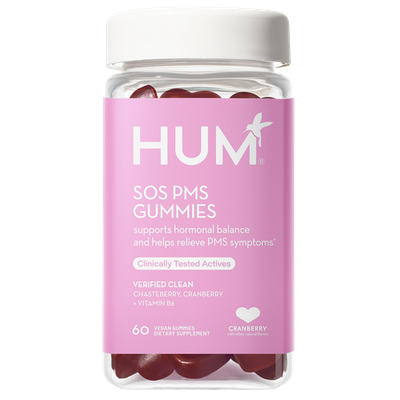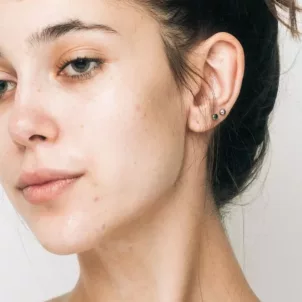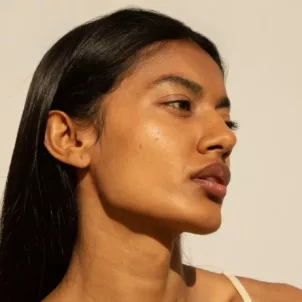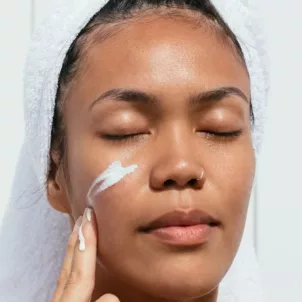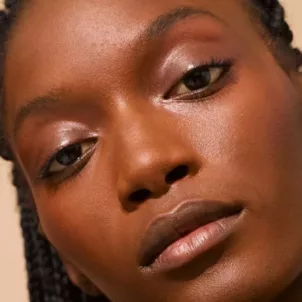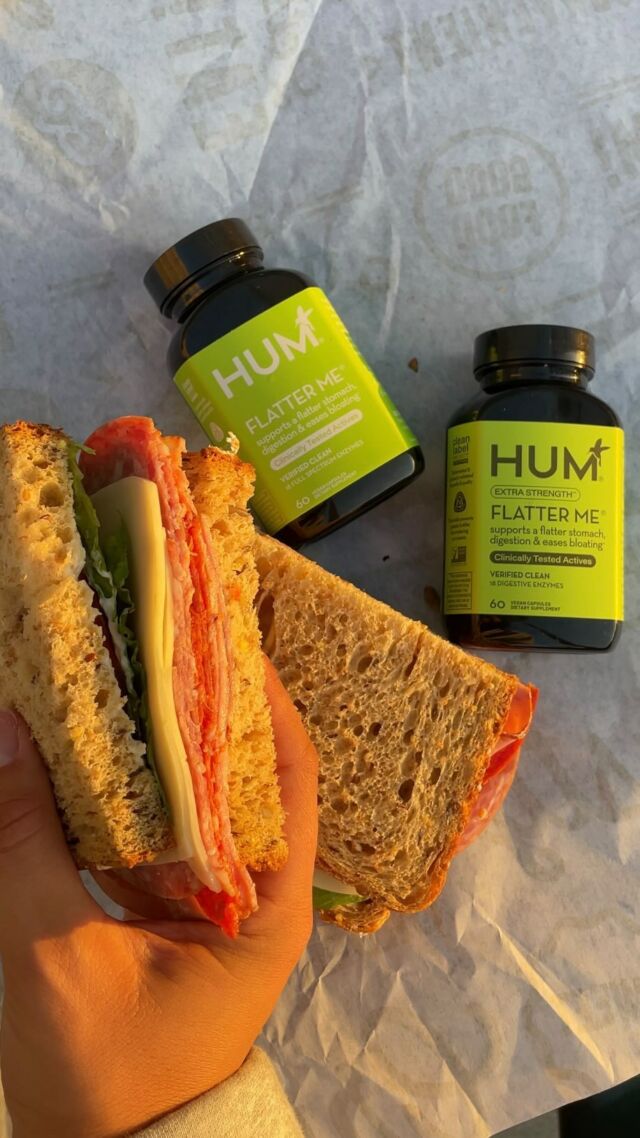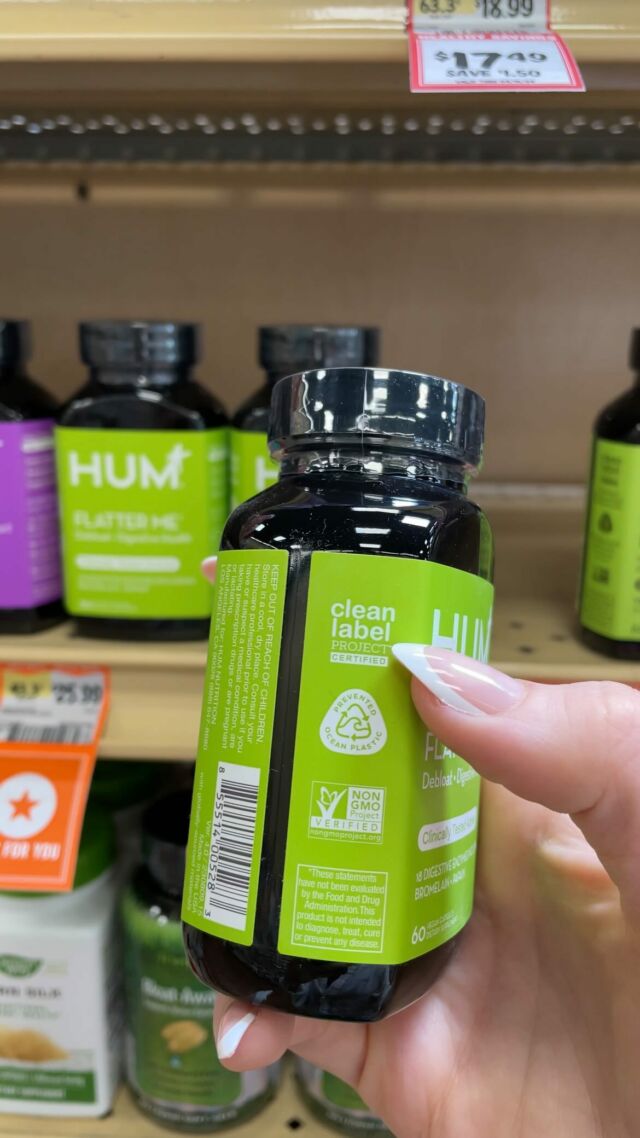Wondering how to get rid of hormonal acne? Experts break down what causes those pesky breakouts—and share exactly how to treat them.
Perhaps you *always* break out while you’re on your period. Maybe you dealt with intense acne during puberty, pregnancy, or after getting off hormonal birth control. Or maybe you notice that after you eat certain foods your face is suddenly filled with pimples. What you’re experiencing is completely normal and extremely common: It’s called hormonal acne. While hormones control bodily functions like sleep, mood, energy levels, digestion, and more, they also impact your skin. When your hormone levels are out of whack, it can trigger increased oil production and lead to brand-new breakouts.
If you’ve already identified hormonal acne as the cause of your acne, you’re halfway there.
The good news? There are ways to keep your hormonal acne under control. We spoke to leading skin experts to learn about what causes these breakouts and the best treatments for hormonal acne.
Read on to learn how to get rid of hormonal acne—once and for all.
What Is Hormonal Acne?
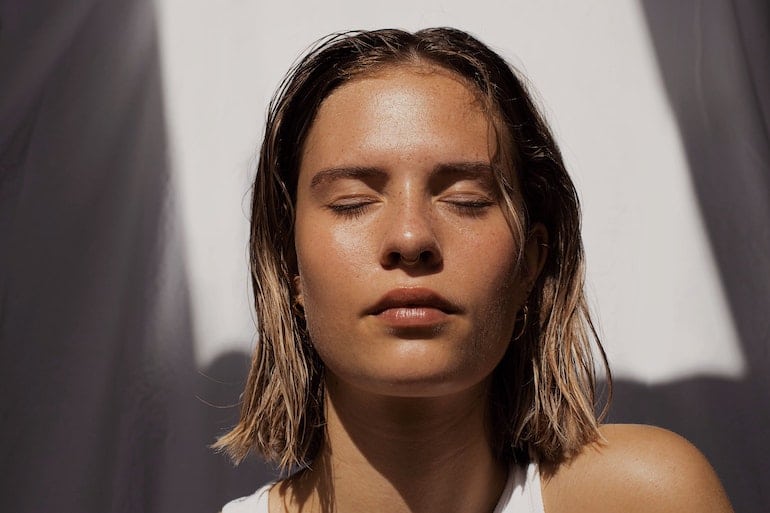
True to its name, hormonal acne is acne caused by hormone levels. “Hormonal acne describes acne breakouts that are associated with fluctuations or over-production of androgenic hormones,” explains Jaimie DeRosa, MD, double board-certified facial plastic surgeon and founder and lead facial plastic surgeon of DeRosa Center Plastic Surgery & Med Spa in Boston and Palm Beach. Androgenic hormones are a group of sex hormones. While all genders make androgenic hormones, males make most of them (testosterone is an androgenic hormone).
What Does Hormonal Acne Look Like?
Hormonal acne varies from person to person, but the location can be a telling sign. “Hormonal acne usually flares up around your jaw and chin due to increased oil production,” says Purvisha Patel, MD, FAAD, a board-certified dermatologist in Tennessee. “Hormonal acne can look like anything from a whitehead, blackhead, papule, pustule, cyst, or nodule.”
“In women, hormonal acne typically presents with inflammatory lesions as well as comedones and deep nodules,” Dr. DeRosa says. “Late-onset acne (adult acne) typically has fewer lesions and is usually found in the U-zone (the bottom third of the face around the jawline and chin).”
What Causes Hormonal Acne?
So, what exactly causes hormonal acne? Hormonal acne results from an increase in sebum or oil production in response to increased androgen hormones, such as testosterone. “The oil then interacts with bacteria and dead skin cells, resulting in a clogged pore,” Lian Mack, MD, a board-certified dermatologist in New York explains.
“The increase in oil production may be due to a number of factors, including underlying skin conditions like polycystic ovarian syndrome (PCOS), fluctuating hormone levels, a familial predisposition, or side effects of medications like steroids,” Dr. Mack says.
While not a direct cause, “Hormonally-driven acne may be worsened by diet, more specifically carbohydrates, refined sugars, and dairy,” explains Dr. Mack.
How to Get Rid of Hormonal Acne
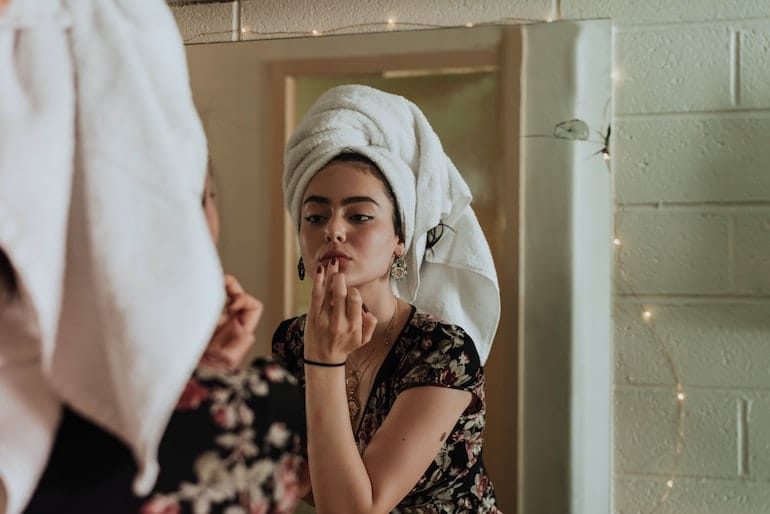
If you’re dealing with hormonal acne, you’re not alone. It can be difficult to treat, but there are options. “To get rid of hormonal acne, three things have to happen: topical treatment, diet, and lifestyle changes,” Dr. Patel says. “A lot of people immediately resort to [prescription] medication and don’t try to change anything else.” It’s also important to see a medical professional to ensure you don’t have a hormonal imbalance linked to some other medical condition (such as PCOS). Here’s how to treat hormonal acne, according to experts.
1. Build the Ideal Hormonal Acne Diet
As mentioned above, diet does have an impact on hormonal acne. Growing research shows an association between certain foods and hormonal acne outbreaks.
Dairy—specifically skim milk—has been shown to exacerbate acne. “There are a few theories as to how dairy affects acne,” Dr. Mack says. “First, cows may be given artificial hormones, which affect the milk that they produce—and ingestion of the milk results in an increase in hormones in our bodies. Additionally, milk naturally has growth hormones in it that can affect acne.”
It’s not just dairy you should be wary of, though. “We also know that refined sugars worsen hormonally driven acne,” Dr. Mack says. “Excess sugar consumption has been linked to inflammation. This inflammation in turn drives the inflammatory acne cysts seen in hormonally-driven acne.”
Experts recommend limiting dairy and high glycemic-index foods and eating a well-balanced diet. “You should be drinking six glasses of water a day, getting eight hours of sleep, taking a multivitamin daily, and taking a probiotic to calm the gut,” Dr. Patel says. “It is important to eat an anti-inflammatory diet that includes lots of fruits, vegetables, fish, and whole grains.” You can also incorporate other hormone-balancing foods (like eggs, fatty fish, leafy greens, and avocados) into your diet to help support clearer skin.
One important disclaimer: “More research is needed to determine if eliminating these foods from the diet will directly reduce oil production, so it is always important to discuss with a board-certified dermatologist prior to making any changes to your diet,” says Marisa Garshick, MD, FAAD, a board-certified dermatologist in New York.
2. Choose A Hormonal Acne Topical Treatment
Topicals can help with hormonal acne as well. Some of the top recommendations are:
- Antibiotics: “Antibiotics may be necessary to help decrease the P. acne levels on the skin,” Dr. DeRosa says. “These can be topically applied through clindamycin wipes.”
- Azelaic acid: Found in many skin care products, azelaic acid can also help to decrease hormonal acne. “It is a comedolytic, so it can unblock clogged pores, prevent whiteheads and blackheads (aka comedones), as well as can decrease the irritation and redness seen with acne through its anti-inflammatory properties,” Dr. DeRosa says. “It’s also a keratolytic, which means that it inhibits the production of keratin in the skin. This is important because excess production of keratin causes a buildup of dead skin cells, which can cause an acne breakout.” Azelaic acid also speeds up cell turnover, making it an effective agent to revitalize the skin and reduce scarring.
- Benzoyl peroxide (BPO): “BPO is widely regarded as one of the most effective medications to treat acne,” DeRosa says. “It fights bacteria, unclogs pores, and decreases inflammation at the acne site. In addition to its anti-inflammatory properties, it also minimizes bacterial resistance potential.” Psst: It has also been shown that BPO decreases sebum production by the sebaceous glands in the skin.
- Clay mask: Dr. Mack says using a clay mask, which is designed to reduce oil and suppress hormonal breakouts is a great addition to your lineup (she likes the Cold Charcoal Mask by Monat). “This mask has a unique cooling blend of mineral-rich clays and purifying charcoal to help refine pores and provide deep cleansing.”
- Prescription retinoids: If you’re using retinol to treat hormonal acne specifically, a prescription retinoid (like adapalene and tretinoin) is your best best. Tretinoin is stronger than retinol and is only available by prescription. “For over 30 years, tretinoin has been FDA-approved to treat acne in adults and children as young as 13,” Dr. DeRosa says. “Tretinoin blocks some of the inflammatory pathways implicated in the development of acne, which helps clear up existing acne lesions and prevent future outbreaks.” And what about adapalene? “Adapalene is a specialized retinoid that is also prescribed for acne treatment,” Dr. DeRosa explains. “It is better tolerated than tretinoin but does not treat fine lines and wrinkles.” (Psst: You can find adapalene over-the-counter at drugstores.)
- Salicylic acid: “Salicyclic acid is a beta hydroxy acid (BHA), which means that it can penetrate oil and get down to the pores,” Dr. DeRosa says. “It also exfoliates dead skin cells and helps to reduce inflammation and swelling, which can help to unclog pores and shrink pimples.” Looking for an SA-infused cleanser? Most over-the-counter cleansers can have up to 2 percent salicylic acid, and those who have cystic acne may opt for the highest percentage of salicylic acid.
- Topical retinol: “Retinols can also help to decrease hormonal acne, as they unclog pores in the skin, reducing acne outbreaks by reducing the number of dead cells clogging up pores,” Dr. DeRosa says. “Retinoids are different from most other skin care product categories in that they work within the skin cells to increase the speed of skin cell regeneration thus providing quicker results than other non-retinol products.”
- Winlevi: A new prescription topical on the scene (it contains one percent of clascoterone, an androgen inhibitor). “Winlevi is a topical that binds and inhibits androgen receptors, subsequently reducing sebum production and inflammation,” Dr. Mack says.
3. Regulate Your Hormones
The third and final component of treating hormonal acne? Lifestyle changes, oral supplements, and medications that can help balance your hormones.
- HUM Nutrition’s Moody Bird: Always breaking out during your period? Formulated with chasteberry (which has been shown to help regulate hormone levels and PMS symptoms) and Dong Quai root (used in Chinese medicine to help balance estrogen levels and replenish blood flow to relieve cramps), Moody Bird can help maintain a healthy hormone balance, ease PMS symptoms, and promote better health during monthly cycles.
- HUM Nutrition’s SOS PMS: Prefer to support hormonal balance with gummy supplements? Our PMS gummies also pack chasteberry to offer relief from a range of PMS symptoms—with hormonal acne among them.
- Oral contraceptive pills: “Oral contraceptive pills can help regulate the hormones and as a result improve the skin,” Dr. Garshick says. Keep in mind that most birth control pills work by changing your body’s natural hormone production, so if you get off of birth control, you may see hormonal acne return.
- Vitamins for hormonal balance: Certain vitamins (think: vitamin B12, vitamin D, zinc, and omega-3 fish) can help support your hormone levels. Read our guide on the best vitamins for hormonal balance to find out which ones are right for you.
Been There, Done That?
Unfortunately, even with these adjustments, you may still need a prescription option from your doctor to get rid of hormonal acne. If your acne isn’t going away, these methods could help:
- Antibiotics: Similarly to topical antibiotics, oral antibiotics can also help reduce acne-causing bacteria and reveal clearer skin over time.
- Oral isotretinoin (Accutane): “Accutane may be considered for those with treatment-resistant hormonal acne, and it works by shrinking the sebaceous glands, preventing clogged pores, and has anti-inflammatory effects,” Dr. DeRosa says. “Due to its severe side-effects (including liver damage and birth defects), anyone taking this medication needs to be closely monitored by a physician and educated on the pros and cons of taking it.”
- Spironolactone: “Another option (often used in conjunction with oral contraception) is spironolactone, which has an anti-androgen effect to help lower oil production and secretion and is used off-label in the treatment of acne,” Dr. Garshick says.

